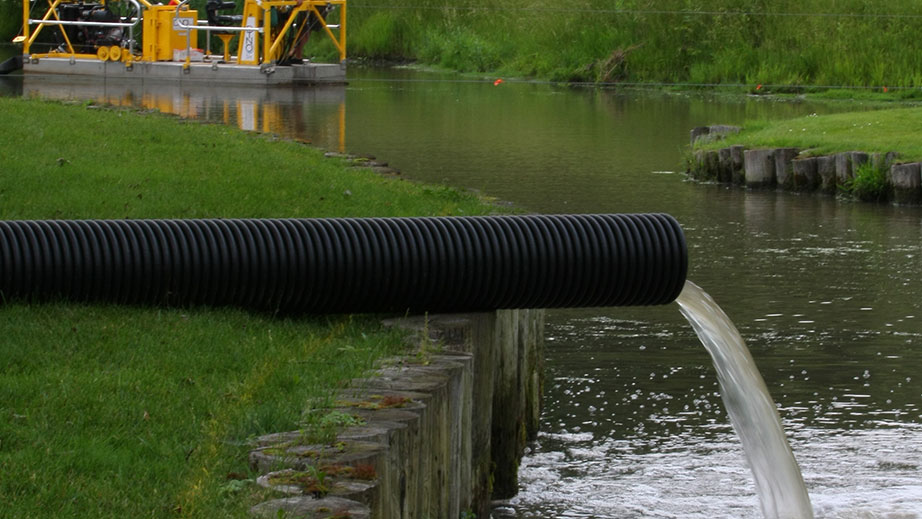Dredging Services
Aside from their functional uses, ponds and other waterbodies add aesthetic value to any property. But over the years, waterbodies may develop sediment buildup that not only is an eyesore but can also lead to serious problems. Heartland Dredging has the solution that will clean and restore your body of water to a healthy condition: hydraulic dredging. Contact us at (317) 769-2781 for more information. We serve Indiana and the surrounding states.
Dredging is the process whereby silt, sludge, and muck are removed from waterbodies of all types:

Hydraulic vs. Mechanical Dredging
Many dredging companies focus on traditional mechanical dredging. At Heartland Dredging, we’ve shifted our focus to hydraulic dredging.
CONTACT USWhy Use Hydraulic Dredging?
The benefits simply can’t be ignored:
- No need for dewatering or loss of marine life
- Only clean water is returned to the waterbody.
- The smaller dredge easily fits into confined areas around ponds in neighborhoods and businesses.
- Minimal need for site restoration
- Reduced sludge removal costs
- Does not damage pond or lagoon liners.
- Maintains water quality.
- Environmentally friendly
- Geotextile containment and dewatering tubes lead to significant reduction in volume of sediment.
- No odors
- Quick turnaround and immediate results
Our Dredging Service Process
Since 2009, we’ve offered our professional waterway dredging services to commercial, residential, and municipal clients. The process is straightforward.
Step 1
We haul our floating barge to your location and place it in the water. We use cables to control the lateral movements of the dredge.
Step 2
The barge has a specially designed pump mounted to a pipe with a spinning cutterhead on the end.
Step 3
The pipe is lowered to the bottom of the waterbody, and the cutterhead feeds material and water to the pump.
Step 4
The pump sends a slurry comprised of roughly 20 percent material and 80 percent water through a 6-inch diameter plastic pipe to an onshore storage area.
Step 5
Depending on the size of the storage area, two options are available for disposal: geotextile tubes or a containment basin.
Step 6
Tubes are an excellent choice for a smaller area as they allow drainage that reduces the total solids volume of the sediment by up to 50 percent. The use of coagulating polymers causes the solid particles in the water to bond together and settle out quickly, allowing the water to filter out cleanly and preventing the geotextile tube from clogging. These are the same type of polymers used by the water treatment industry to process drinking water. No further filtering of the water is needed after this process. It takes about 10-12 weeks for the material to completely dewater in the tubes, at which point the tubes can be cut open to allow for final drying. The sediment is then trucked out or buried, and the area is reseeded.
Step 7
If using a containment basin, we construct a berm around the area to retain the dredge slurry. The material settles out in the basin and clean water is allowed to drain from the surface gradually. This option is significantly less expensive, but requires a much larger area of land than the geotextile tube option and the dewatering, and drying process takes much longer. After the drying process is complete, the area can be regraded and seeded.
Perhaps you’re not sure which option is the best for you. We can give you a quote and even offer bathymetric surveying to determine the depth of your waterbody and the amount of sediment that exists in it.
Heartland Dredging is a 100% employee-owned company with a stellar safety record with excellence built into all we do. Contact us at (317) 769-2781 for information about how dredging can restore the beauty and function of your waterbody. We serve Indiana and the surrounding states of Ohio, Kentucky, Illinois, and Michigan.
